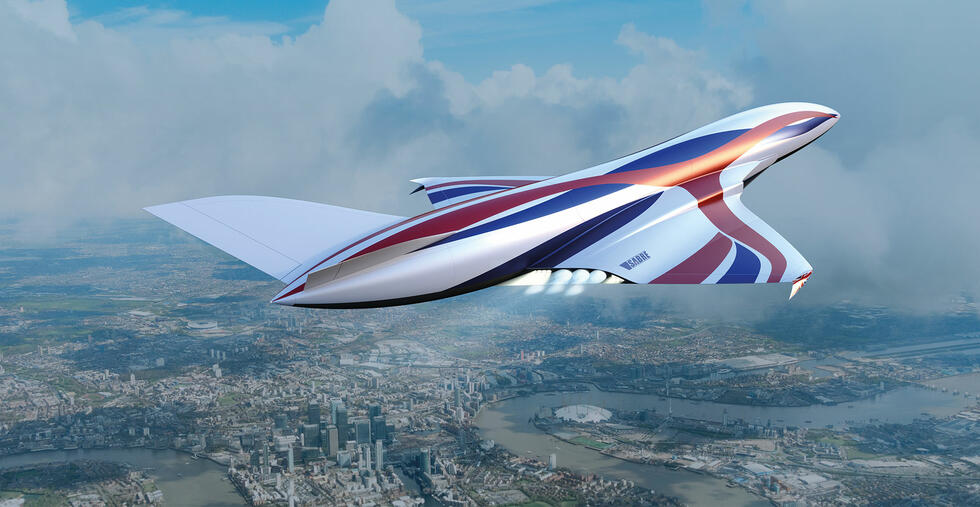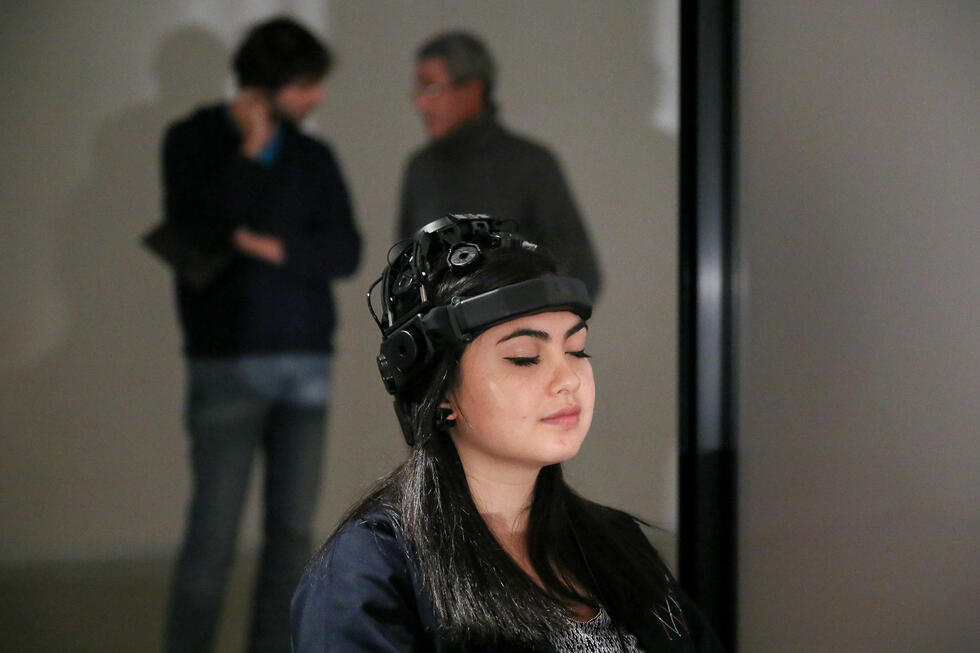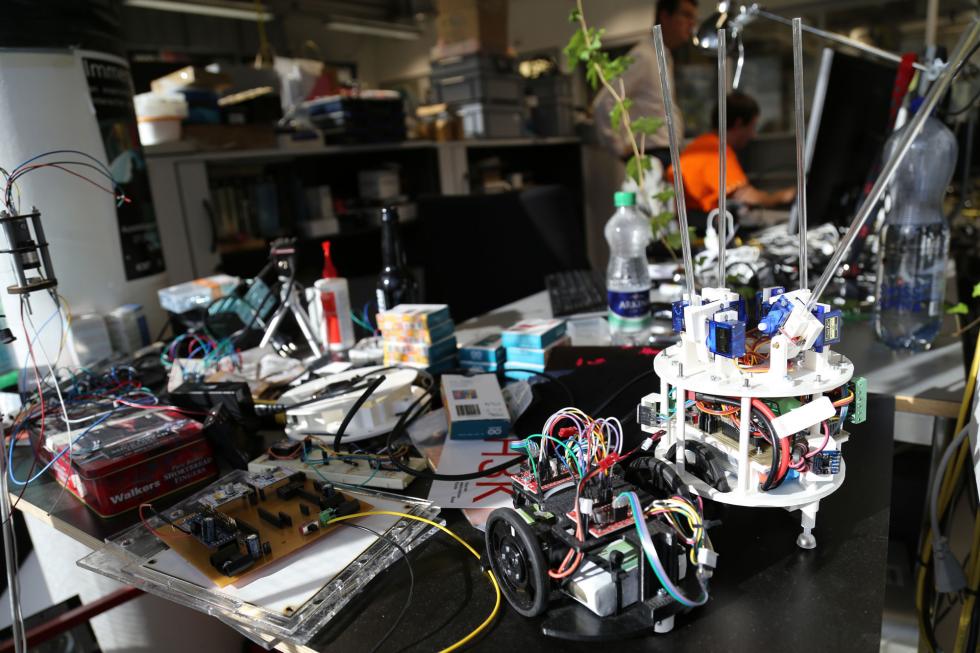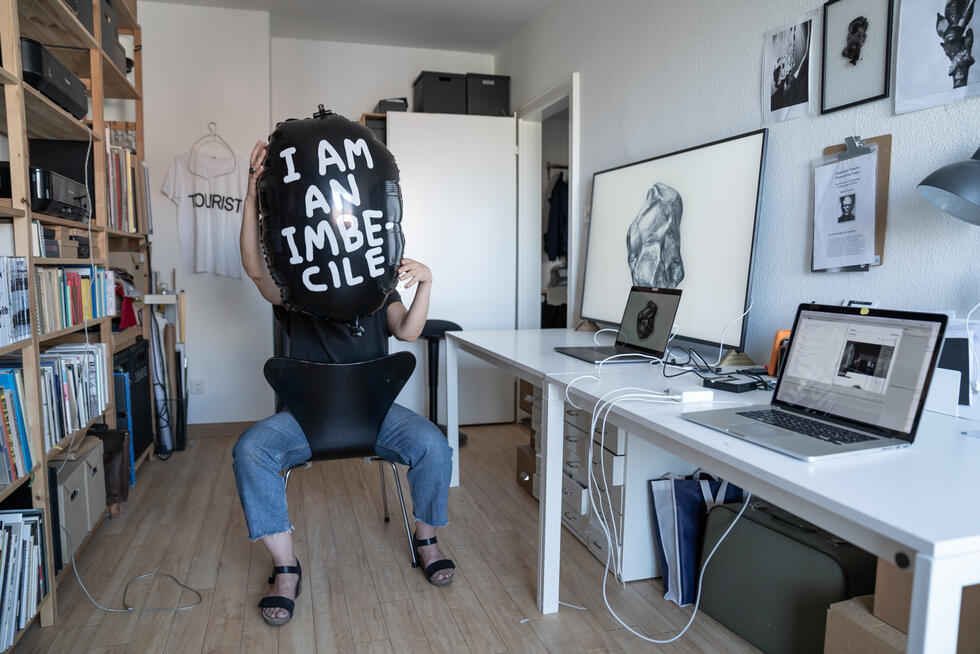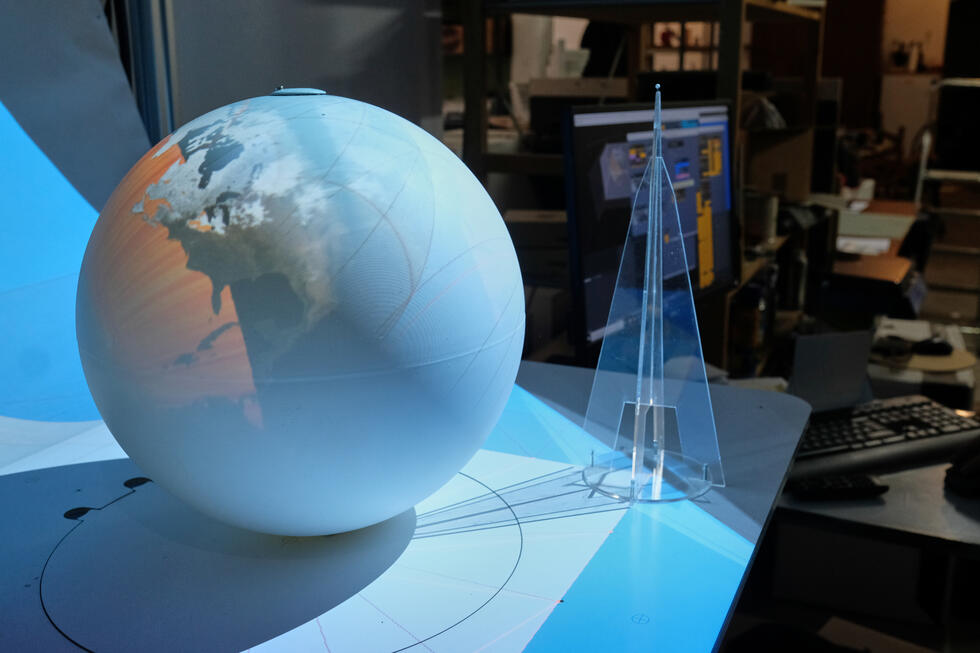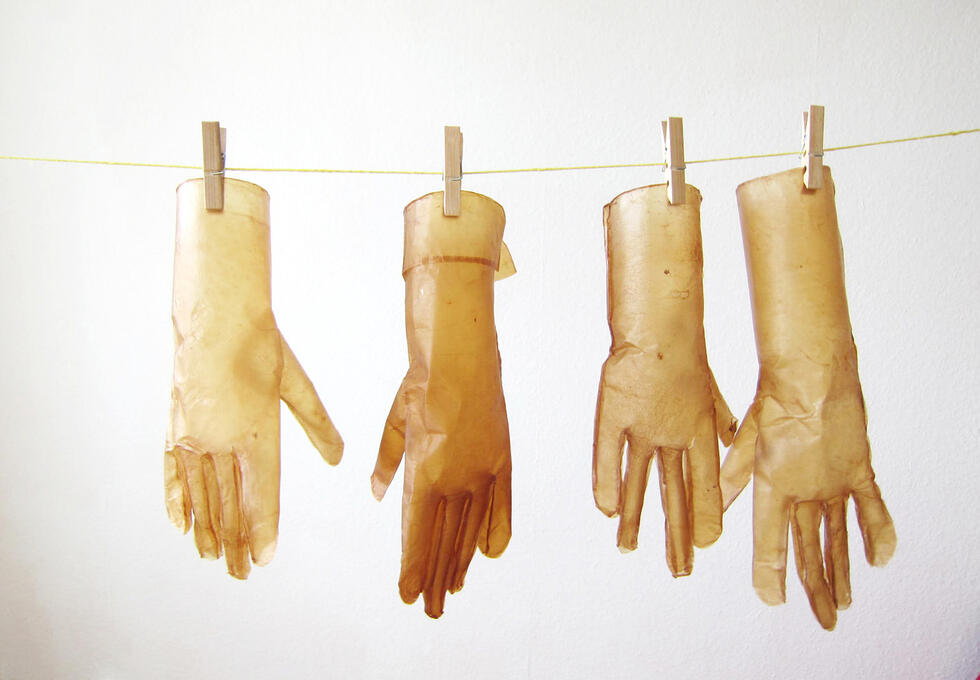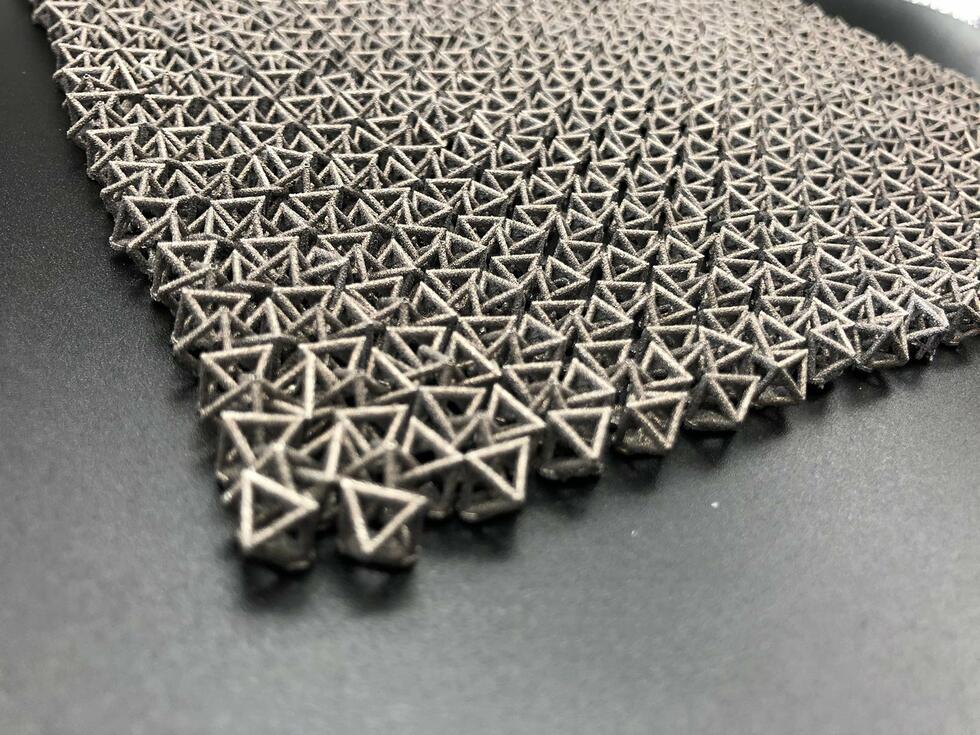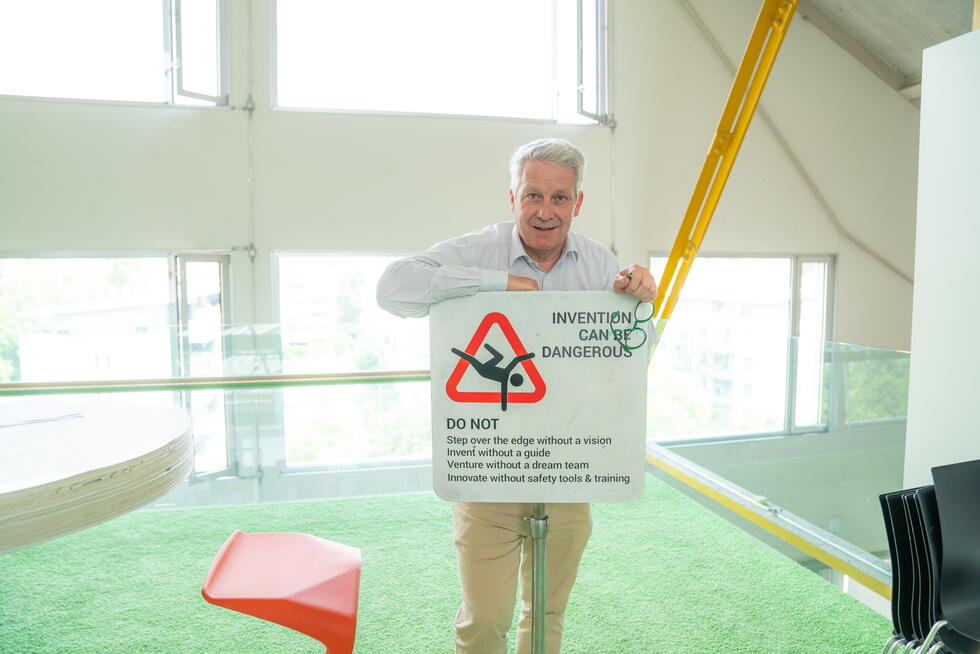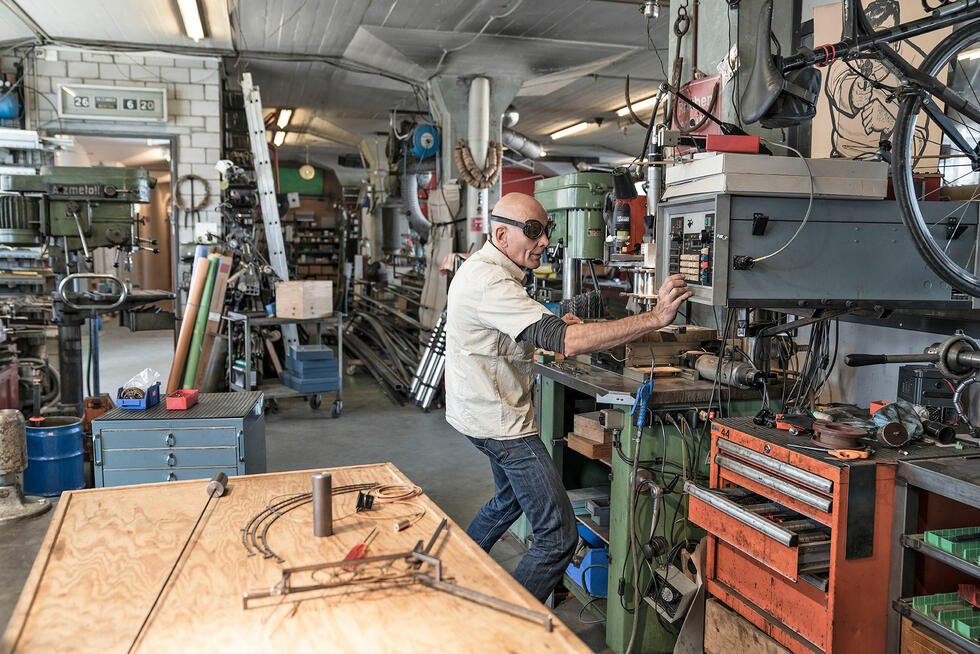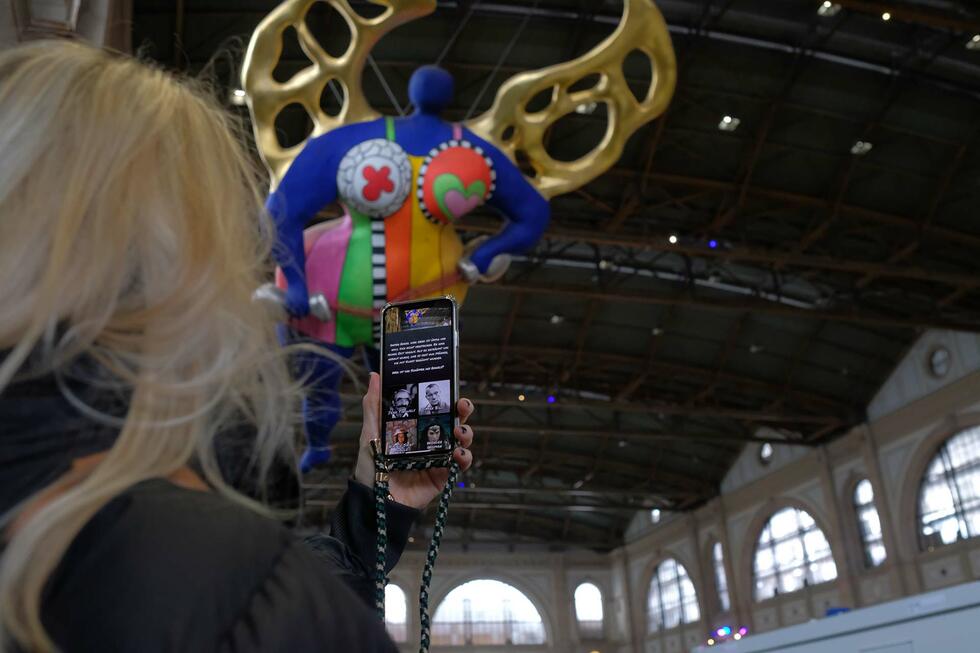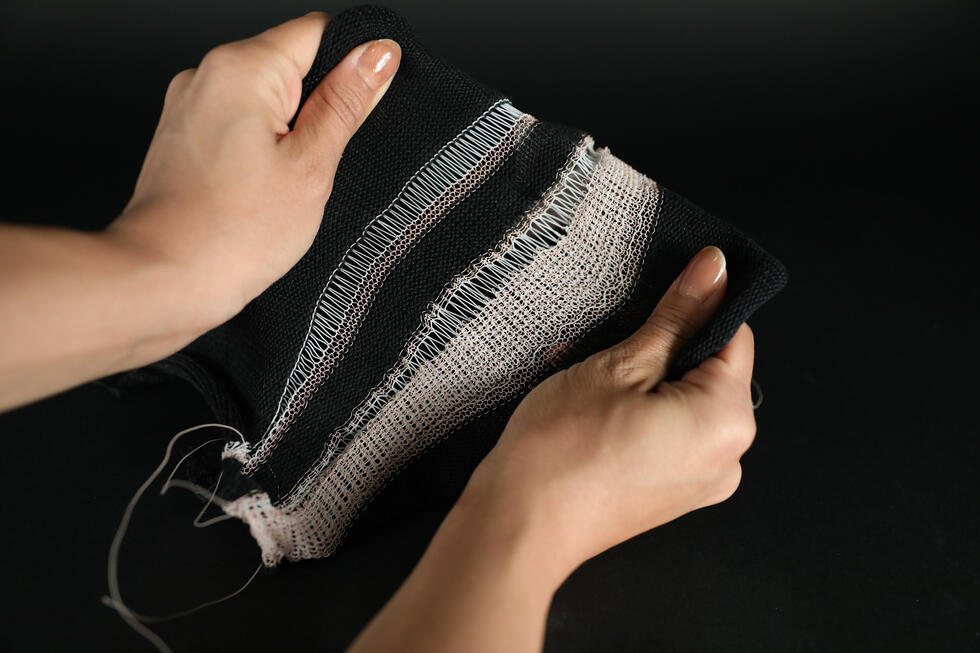Downloadable prosthetic hand
The hand is our ultimate multi-purpose tool. Accordingly, a prosthesis designed to replace it must be extremely sophisticated. But this does not necessarily have to be the case. As a solution developed by a start-up in Zurich shows: A simpler approach is possible.

It all started with Jessica*. The girl was born without a left hand. Zurich doctor Andreas Trojan therefore searched the market for practical and affordable prostheses – without success. Not that there is a fundamental shortage of suitable products: Thanks to high-tech solutions, humans and machines are growing ever closer together; exoskeletons, intelligent implants, or muscle-controlled prostheses are compensating for physical limitations, and in some cases, human capabilities are even being enhanced.
But these complex solutions are not always the most appropriate. After all, high-tech products are expensive. This is a particularly weighty factor in the case of children, who quickly outgrow their prostheses and sometimes damage them during play. And speaking of weight: Heavy prostheses tend to hinder children’s play.
*Name altered
Modular approach instead of a hand replica
Andreas Trojan founded the Appsocial Foundation, which, together with the Zurich University of Applied Sciences, set out to develop a hand prosthesis for children. In the meantime, this collaboration has given rise to the start-up company SwissProsthetics. This is where Alex Antosch, Technical Project Leader, and his team work. Their goal: To design prostheses that are as simple, lightweight, and as cost-effective as possible – so that they are also suitable for children in developing countries.
Alex Antosch explains how this can be achieved: “We have moved away from wanting to replicate the human hand in all its functionalities.” Instead, SwissProsthetics decided to pursue a modular, focused approach. Alex Antosch explains:
Our solution consists of a shaft and a range of attachments, each designed for a specific activity: for example swimming, cycling, climbing, or skiing.
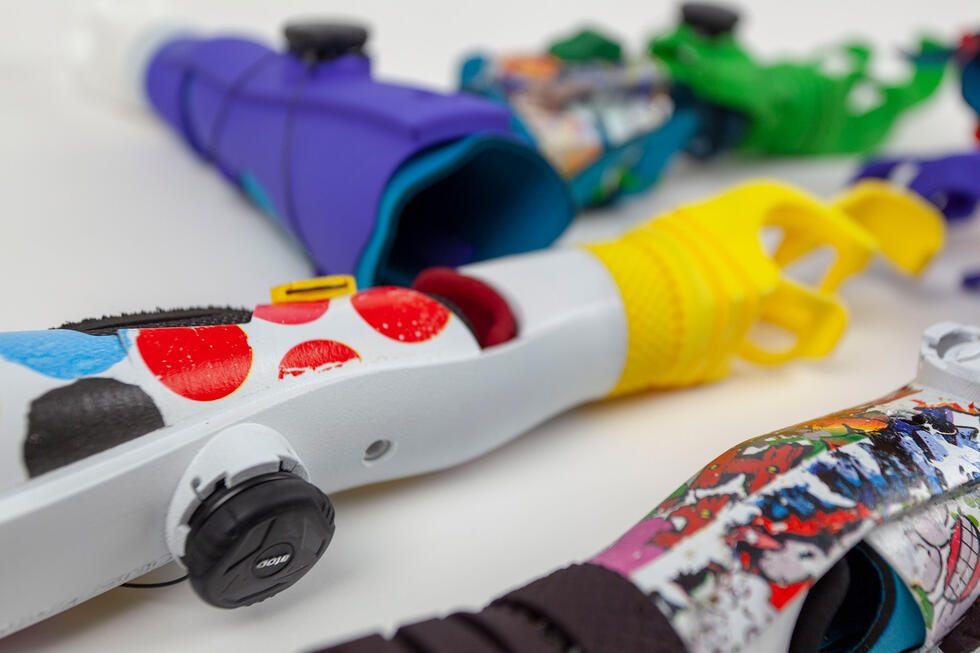
No electronic components
The attachments incorporate no electronic components at all. As the example of the “cycling hand” shows: In order to apply the brake lever, the wearer needs only to lift her arm – the actual braking movement is performed by a mechanical system. The swimming hand is shaped like a small paddle, and the climbing hand like a hook. Switching attachments takes a mere 10 seconds. The appropriate attachment simply has to be mounted, the fastening ring turned and locked into place. “Ease of use is an essential factor for our prostheses. This guarantees that children also enjoy using them.” In order to attach the socket to the forearm stump, the prosthesis wearer uses a rotary knob to activate a lacing mechanism that secures the prosthesis. Test subjects required just 5 seconds for the whole procedure.
The fit is decisive
The start-up company is currently focusing its research on the shaft. “Developing attachments for various activities is comparatively simple. Achieving a good fit is more complex, but also a particularly important factor for the subsequent comfort,” Alex Antosch explains. SwissProsthetics uses a parametric approach towards this challenge: The forearm of the user is measured and the data is then transferred to a digital model.
Subsequently, the socket and attachments are manufactured using a 3D printing process. Among other things, this has the advantage that in spite of the necessary individual customization, the prosthesis can be manufactured in an automated process, which keeps the costs down. The end product is rugged yet lightweight.
Users should not have to think twice about whether they want to actually wear the prosthesis, so the weight is a crucial factor.
Open source version from the beginning of 2020
SwissProsthetics is currently working on two different prosthesis versions. In addition to a regular version for the Swiss market, the launch of an open source version for developing countries is planned for early 2020. The idea is that the blueprints will be able to be downloaded free of charge and the prostheses will be able to be produced all around the globe.
In addition to the 3D printing data, the open source package consists of a cutting pattern for the socket padding and a construction manual. Alex Antosch explains: “During the development, we ensured that the open source version consists of as few parts as possible, in order to simplify the assembly.” And they optimized the prosthesis for printing processes such as fused deposition modelling (FDM), since this is the most commonly used printing method worldwide.
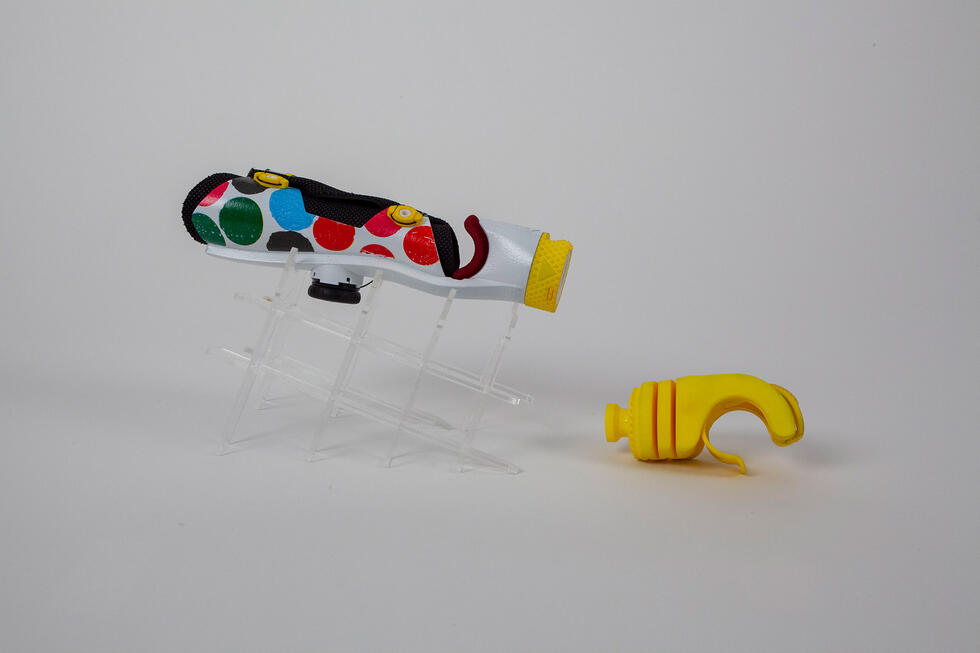
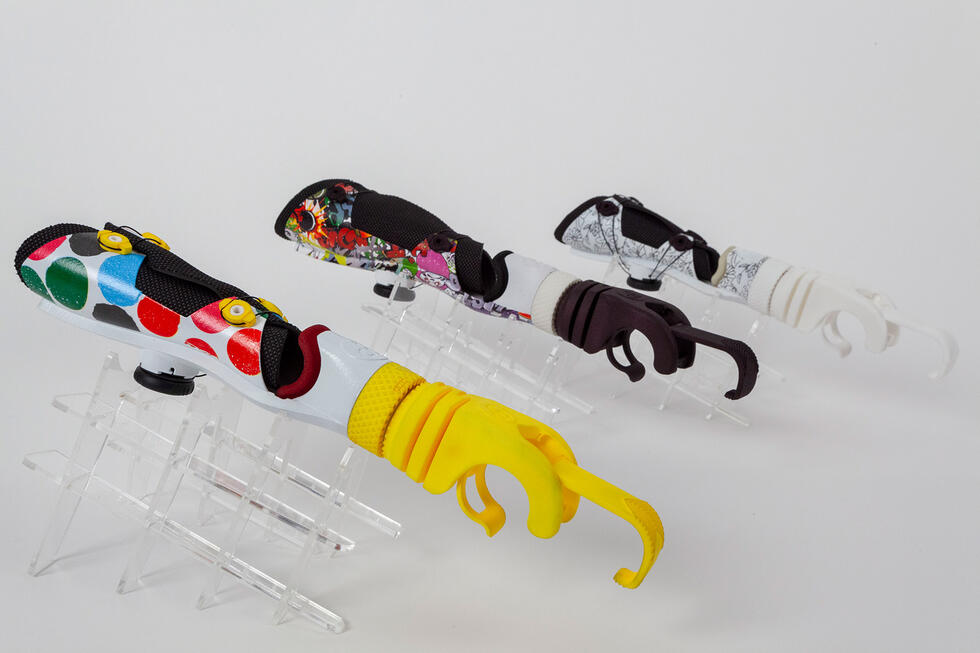
Strong impact for children
A somewhat more complex model, but based on the same modular principle, is scheduled for market launch in Switzerland and other German-speaking countries in 2021. SwissProsthetics plans to market the children's hand prostheses in the EU and the US by 2023. “In principle, the same system can also be used for adults,” Alex Antosch explains. “But for the time being, we are focusing on children, because the supply situation in this segment is substantially poorer, and it is here that we can achieve a greater impact with our product.”
The story behind SwissProsthetics
The development of the 3D-printed children's hand prostheses was initiated by the Appsocial Foundation and the Zurich University of Applied Sciences (ZHAW). In the meantime, this has resulted in the start-up company SwissProsthetics, which is working on making the prostheses ready for the market at Wyss Zurich. Wyss Zurich is a business accelerator run by the ETH and the University of Zurich, which supports young companies in transferring medical technologies from the field of regenerative therapies and robotics research to everyday life solutions.
https://www.wysszurich.uzh.ch/projects/associate-projects/swissprosthetics
Written by:
Photos: SwissProsthetics (zvg) / Bettina Bhend


